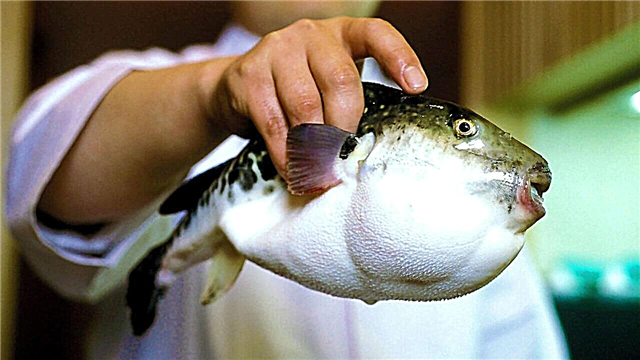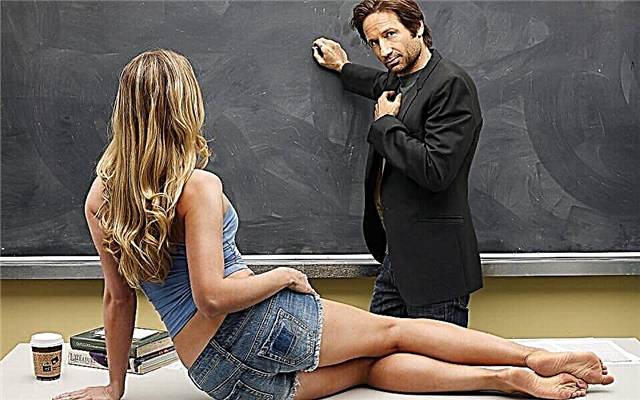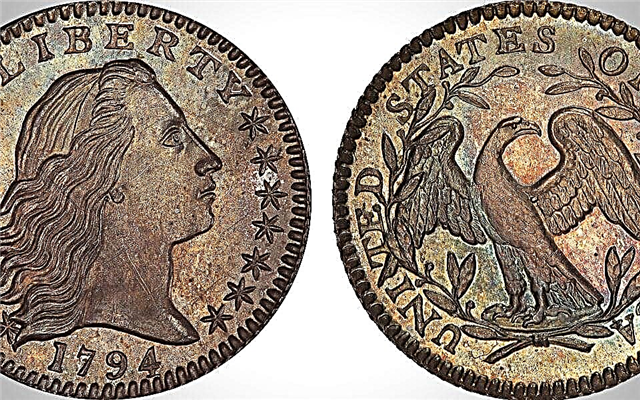Every four years, Americans go to the polls to vote for the new president, and the next US elections will be held November 3, 2020The date the 46th President of the United States of America is elected.
However, due to the scandalous and controversial personality of Donald Trump, who has been in power since January 2017, many experts consider the 2020 presidential election more important than the previous ones.
In addition, this year there are an unusually large number of candidates for the presidency of the United States from the Democratic Party, and among them a record number of women.
In this review, we will look at how, who, and when will run for president of the United States. And also, who will not do this (but this is not accurate).
Who can run for presidency
 Any American can register his candidacy as a candidate for the post of head of the White House. To do this, it must meet three basic conditions:
Any American can register his candidacy as a candidate for the post of head of the White House. To do this, it must meet three basic conditions:
- have American citizenship by birth;
- age from 35 years;
- lives in the USA for at least 14 years.
What will happen before the election?
 Now American politicians who want to compete for the presidential title are preparing for the primary election (“primaries”) across the country. They are traditionally held from early February to June in all states. This is a full-fledged vote, the results of which can greatly affect the position of a candidate and his election campaign.
Now American politicians who want to compete for the presidential title are preparing for the primary election (“primaries”) across the country. They are traditionally held from early February to June in all states. This is a full-fledged vote, the results of which can greatly affect the position of a candidate and his election campaign.
The main task of the candidates is to win in those states in which the primaries are the first to take place. This will give their name more political weight.
The aim of the primaries is to prevent a situation where candidates from one party take away votes from each other in the main elections. Accordingly, according to the results of primaries one candidate from each party will be selected.
At the same time, losing candidates will still be able to stand for election in the US elections in 2020, but without party support.
After the parties have decided on the main favorites, the third stage will begin, during which the candidates will travel around the country, campaigning for voters and hold televised debates.
They choose us, we choose
 The United States has a two-stage electoral system, with the help of which it is determined who in the next 4 years they will be called "Mr. President."
The United States has a two-stage electoral system, with the help of which it is determined who in the next 4 years they will be called "Mr. President."
- When residents of each state come to the polls and vote for the preferred candidacy of the president and vice president (they go "in tandem"), the candidates will not receive their vote directly. After all, the second stage is the voting of the electoral college.
- Each state (as well as Washington, DC) has a specific number of electoral votes. It depends on the number of state representatives in Congress. California has the most electors (55).
On the day of their vote (one month after the day of universal suffrage), electors gather in the capitals of their states, unless otherwise indicated, and hold the actual election of the US President.
If we take all 50 states and 3 votes from Washington, the total number of electors will be 538, which means that the candidate must get at least 270 votes in order to win.
Typically, electors vote for the candidate who won the most votes in their state. Moreover, in the federal law of the country there are no rules that would oblige electors to vote exactly as their voters want.
If there is a tie, then everyone will decide the results of the vote in the House of Representatives. The winner must receive the votes of representatives of 26 states.
U.S. Election Day 2020: A Little History
 Universal Vote Day for the presidency of the United States in 2020 will fall on November 3. This day is not accidental. November 3 - the first Tuesday of the month and at the same time a working day, which fully complies with the principles established back in 1845.
Universal Vote Day for the presidency of the United States in 2020 will fall on November 3. This day is not accidental. November 3 - the first Tuesday of the month and at the same time a working day, which fully complies with the principles established back in 1845.
“Why should a single election day in the United States meet these two criteria?” A curious reader may ask. And because in the 19th century, most of the population of America was farmers. To vote, they had to go to polling stations, spending a lot of time on the road. Few people wanted to do this on a day off, and on Sunday God-fearing people went to church. If you hit the road on Monday, then on Tuesday you could just get to your destination.
And November was chosen because by that time the harvest had already ended, and severe cold had not yet arrived.
Main parties
 In the USA there are only two main parties - Democrats (liberal, center-left party) and Republicans (conservative, center-right party).
In the USA there are only two main parties - Democrats (liberal, center-left party) and Republicans (conservative, center-right party).
Other "outside" candidates sometimes participate, either from the Libertarian Party or from the Green Party.
The main candidates from the Republican Party:

- Donald Trump is the forty-fifth president of the United States. Ready to become the first president in US history to face impeachment of the House of Representatives, and then to seek re-election.
- William Weld is ex-Governor of Massachusetts.
- Joe Walsh - Representative from the State of Illinois in the House of Representatives.
The main candidates from the Democratic Party:

- John Delaney is the Representative of the State of Maryland in the House of Representatives.
- Andrew Young is an entrepreneur and founder of Venture for America, which teaches youth business fundamentals.
- Tulsi Gabbard - Represents Hawaii in the House of Representatives.
- Elizabeth Warren is an American senator from Massachusetts.
- Amy Klobuchar is a US Senator from Minnesota.
- Bernie Sanders is a U.S. Senator from Vermont.
- Pete Buttijic - Mayor of South Bend, Indiana.
- Joe Biden is a former US vice president.
- Michael Bennett is a senator from Colorado.
- Tom Styer is a billionaire activist and philanthropist.
- Patrick Deval is the former Governor of Massachusetts.
- Michael Bloomberg is a former mayor of New York. Founder and CEO of Bloomberg LP
Third Party Applicants:
- Jill Stein is a candidate from the Green Party. Already ran for president of the United States in 2012 and 2016.
- Adam Kokesh, an adherent of libertarian views, will run for the state of Arizona.
Candidates Ratings
However, political traditions in America are very strong, and non-Democratic or GOP candidates are not considered serious competitors.
Will we see Hillary Clinton fight Donald Trump?
 As for Trump’s main threat in 2016, the frantic Democrat Hillary Clinton, she said in an interview with the BBC that she did not plan to enter the presidential race, but there was tremendous pressure to convince her to change plans.
As for Trump’s main threat in 2016, the frantic Democrat Hillary Clinton, she said in an interview with the BBC that she did not plan to enter the presidential race, but there was tremendous pressure to convince her to change plans.
“As I say - never, never, never say never”Clinton said.
Who can become Trump's main competitor: expert opinion
 The sympathies of the “colored” US population in 2016 were on the side of Hillary Clinton, and not another favorite of the political race - Bernie Sanders.
The sympathies of the “colored” US population in 2016 were on the side of Hillary Clinton, and not another favorite of the political race - Bernie Sanders.
However, since then he has consolidated his position with Latinos, African-Americans and other non-white citizens, and can also win the primaries in New Hampshire and Iowa. According to a joint poll by NBC News and Marist, it is Sanders who leads in New Hampshire, where 22% of voters are ready to vote.
So Sanders is likely to become the main opponent of Donald trump in the upcoming elections in America in 2020.
When exactly will Trump face the candidates for the 46th president of the United States?
The National Congress of the Democratic Party, which will name the Democrats participating in the presidential race, will be held from July 13 to 16.
The Republican congress takes place later, from August 24 to August 27. Technically, President Trump is not yet an official GOP candidate until this is announced at the congress.
After that, we can count on four discussions when Donald Trump and Vice President Mike Pence will go on stage with their democratic opponents.
What will happen after the winner of the presidential race is announced?
After the announcement of the US election results in 2020, a brief transitional period will begin, during which the new head of the White House will be able to select members of the government and develop a plan for further action.
In January, the new president will be sworn in at an event called inauguration.
After the ceremony in Congress, the president will return to the White House to begin his four-year term.











